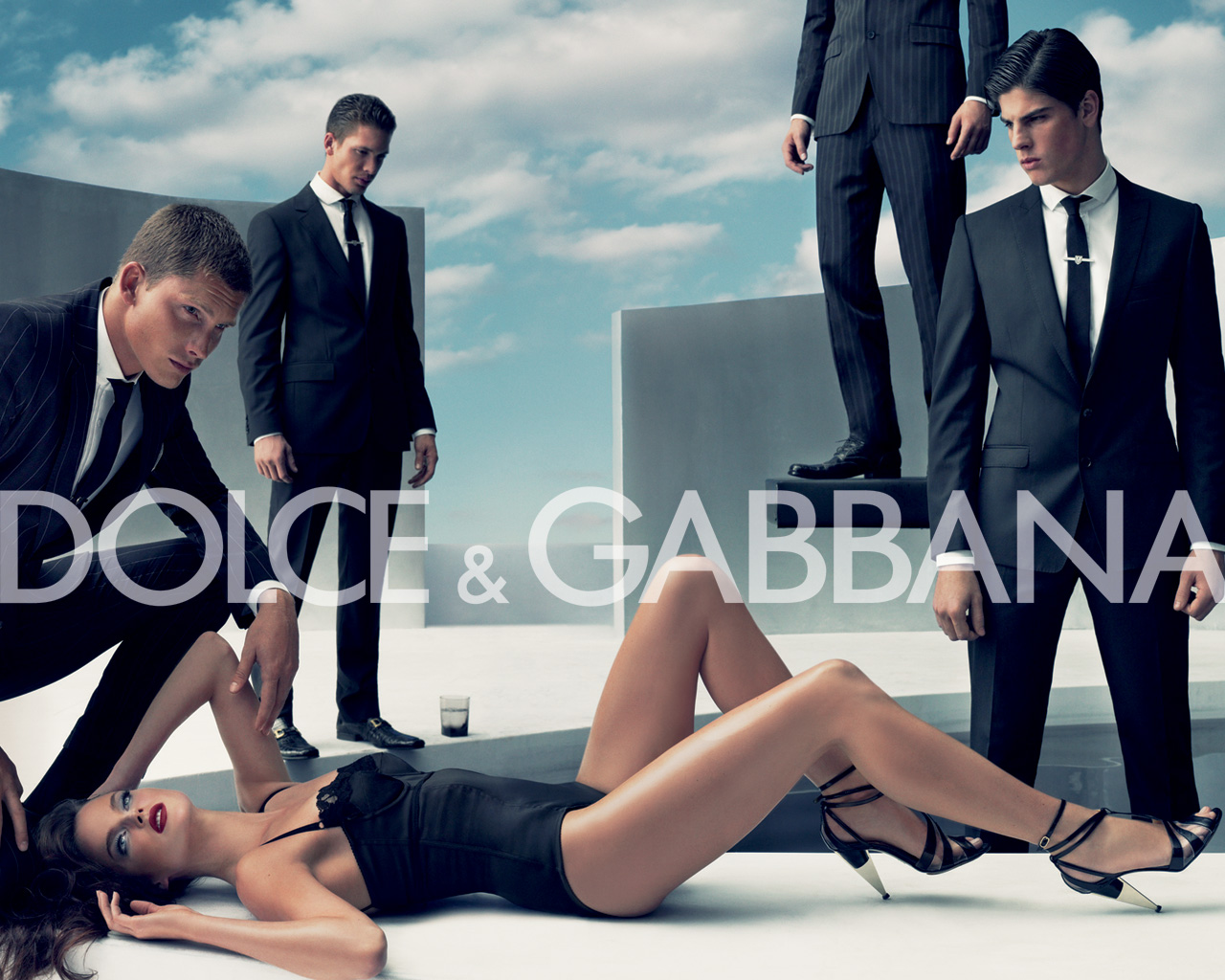The male gaze is a one-sided illustration of empowerment for man. John Berger in his piece "Ways of Seeing" makes it clear that power is an important defining factor of what exactly the male gaze entails. Berger writes that "to be born a woman has been to be born, within an allotted and confined space, into the keeping of men" (Berger 45). This expression emphasizes the role of a woman as that of a tool for a man to use at his liking. The gaze, however, relates more directly towards the act of looking at a woman. Berger continues by writing that "men survey women before treating them. Consequently how a woman appears to a man can determine how she will be treated" (Berger 46).
 |
| http://ayyblack.blogspot.com/ |
Berger's discussion of this subject is still relevant today in daily life and through visual media such as advertisements. As seen above in the Dolce & Gabbana ad, the male gaze is in full effect to an overwhelming extent. The women is in a vulnerable position, laying on her back. Furthermore, she is surrounded by four men, two of whom are staring directly at her. The woman in the image is looking moreso "away" than anywhere else, almost as if she is avoiding the eye contact. This image is standard in most other ways: both the men and the woman are color coded in the same fashion in terms of clothing, they are all white, and they are all generally good looking. The disadvantage for the woman comes from the gaze of the men who demand the power.
 |
http://youaredoingthatwrong.com/2011/01/30/the-male-gaze-aka-what-do-i-wear-today/
|
This is another example of male gaze in something that isn't even truly man vs. woman. Here, the cartoon portrays a woman and what can be deduced as a male wolf animation. The woman is in the spotlight, wearing a dress that looks to be flaring up. Worthy of being noted is that the only portion of the "man" that is in the spotlight is his face. His eyes can be seen popping out of their sockets, entranced i the woman's aesthetic. This, however, does not empower the woman. Although the woman is the focus of the picture and the desire of the man, it is still the man that is holding power over her because the essence of the picture--the man's desire for the woman--makes the picture possible, which ultimately empowers the man.
Women in arts and media are underprivileged because of the ever present male audience. It is not necessarily an intentional attack on media, but when creating films, advertisements, and other, the marketers are familiar with their audience. For example, the axe commercials are highly questionable, targeting the "manliness" key by showing shirtless men spraying axe and subsequently being bombarded with women. This is easy for the marketing team to decide as they know that men and women alike probably wouldn't be personally effected by this viewing. With commercials geared towards women, however, it is almost always superficial selling. Makeup commercials starring super models, Victoria's Secret commercials with skinny, fit women, and even yogurt commercials with straight smelled blonde suburban soccer moms flood the television and create skewed ideas of beauty. Not only are women susceptible to these influences, but men are too, reaching out to make purchases because of the idea that "maybe it will make my woman sexier." This extends into nude photographs or semi-nude advertisements as well. Berger discusses that if you look at a woman's nude, and change that image to a man, the result is violence. It is no longer a pleasing image but one of disdain. Berger also says that the person in which the images are trying to please "has not changed," and he is not wrong. The male is still the intended audience, more often than not, which does not help the progression of the elimination of the male gaze.


No comments:
Post a Comment